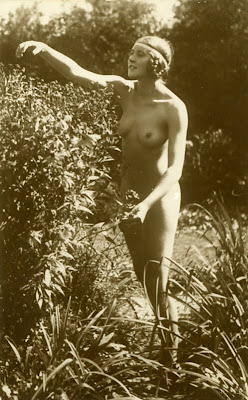Army Blimps
Four Open Slots for Tonight's Anthropomorphic Mouse Taxidermy Class!

Four slots have just opened up for tonight's anthropomorphic mouse taxidermy class with Susan Jeiven class at Observatory! Full details follow; if interested in attending, please email me ASAP at morbidanatomy [at] gmail.com. Emails will be considered in the order received.
Anthropomorphic Mouse Taxidermy Class with Susan Jeiven: Back by Popular DemandMore information can be found here. Mouse shown above was created in our last class, created by attendee Ronni Ascagni. More mice from that class can be found here.
Date: TONIGHT Tuesday, November 29th
Time: 7 PM-11 PM
Admission: $60
Presented by Morbid Anatomy
Anthropomorphic taxidermy–the practice of mounting and displaying taxidermied animals as if they were humans or engaged in human activities–was a popular art form during the Victorian and Edwardian eras. The best known practitioner of the art form is British taxidermist Walter Potter who displayed his pieces–which included such elaborate tableaux as The Death of Cock Robin, The Kitten Wedding, and The Kitten Tea Party–in his own museum of curiosities.
Tonight, please join Morbid Anatomy and taxidermist, tattoo artist and educator Susan Jeiven for a beginners class in anthropomorphic taxidermy. All materials–including a mouse for each student–will be provided, and each class member will leave at the end of the day with their own anthropomorphic taxidermied mouse. Students are invited to bring any miniature items with which they might like to dress or decorate their new friend; some props and miniature clothing will also be provided by the teacher. A wide variety of sizes and colors of mice will be available.
No former taxidermy experience is required.
Also, some technical notes:
- We use NO harsh or dangerous chemicals.
- Everyone will be provided with gloves.
- All animals are disease free.
- Although there will not be a lot of blood or gore, a strong constitution is necessary; taxidermy is not for everyone.
- All animals were already dead, nothing was killed for this class. All mice used are feeder animals for snakes and lizards and would literally be discarded if not sold.
- Please do not bring any dead animals with you to the class
Call for Work for 2nd Annual Morbid Anatomy Holiday Fair, December 17th and 18th

This year, Morbid Anatomy will be teaming up with our sister spaces Observatory and Proteus Gowanus to host a 2-day holiday fair over the weekend of December 17th and 18th, from 12-6. If any of you local artists, craftspeople, photographers and/or makers of macabre, uncanny or unusual objects, artifacts, or curiosa out there are interested in selling work, please contact us at morbidanatomy [at] gmail.com for more details. Please note: in order to participate, must be able to man your own table for the duration of the event.
Image: Crocheted Skulls by Dewey Decimal Crafts, a featured seller at last year's fair. More of her work can be found here.
Parking Zeppelin
"Dissection as Studio Practice" Illustrated Lecture and Studio Art Class with Artist Laura Splan at Observatory





I am super excited to be announcing the upcoming class "Dissection as Studio Practice" at Observatory on Sunday, January 8th. I met the teacher--Laura Splan--at a conference many years back now. Since then, I have been a big fan of her work, a few examples of which can be seen above, including--top to bottom-- an installation view of her current solo show Reformulations; a blood-on-watercolor composition entitled "Elaborative Encoding"; and 3 images from her "Doilies"series of 2004, a set of computer machine embroidered doilies with the design of each doily based on a different viral structure; pictured here, top to bottom: Herpes, Sars, and Influenza.
This class--open to all experience levels--will "survey the use of dissection in contemporary art practice through an illustrated lecture, discussion and collaborative art project"; it will also provide a terrific opportunity to work with an accomplished and sophisticated conceptual artist while gaining insight into process and method behind the creation of iconic and powerful works dealing with dissection and the body. I, for one, simply cannot wait!
Full description of the class follows. Class size is limited; if interested, be sure to RSVP via email to morbidanatomy[at]gmail.com. You can see more of Laura Splan's work by clicking here. Hope very much to see you there!
CLASS: Dissection as Studio PracticeIf you are interested in signing up for this class, please email me at morbidanatomy[at]gmail.com. To see more of Laura Splan's fantastic work, click here. This class is one of the newest installments in the series newly termed The Morbid Anatomy Artist Academy; to find out more about that--including a full class list thus far--click here.
Lecture and Studio Art Class with artist Laura Splan
Date: Sunday, January 8th
Time: 1-4 PM
Fee: $60
*** Class size is limited to 20; please RSVP to morbidanatomy[at]gmail.comThis class will survey the use of dissection in contemporary art practice through an illustrated lecture, discussion and collaborative art project. We will examine the conceptual and cultural significance of cutting, excavating, disassembling, labeling, observing and displaying “bodies.” The lecture will present a brief history of dissection as well as work by contemporary artists exploring imagery, tropes and methods of dissection. The collaborative project will be a fun and lively hands on exploration of the meaning of dissection in a work of art. Participants should bring an object, artifact or specimen to “dissect” for the group exercise. Additional supplies, tools and materials will be provided. No prior art training is required.
Laura Splan is a Brooklyn based visual artist. Her mixed media work explores historical and cultural ambivalence towards the human body. She was recently a Visiting Lecturer at Stanford University where she taught “Art and Biology” in the Art & Art History Department. She has been a Visiting Artist at the New York Academy of Sciences, California College of Art, San Francisco Art Institute, Maryland Institute College of Art, and Cal Arts. She curates the visual portal DomesticatedViscera.com. Images of her artwork can be found on her website: LauraSplan.com.
You can contact Laura through her website with any questions about the class by clicking here.
Airship in Hangar
The Royal Anjou Bible
[Christopher de Hamel*, Cambridge]
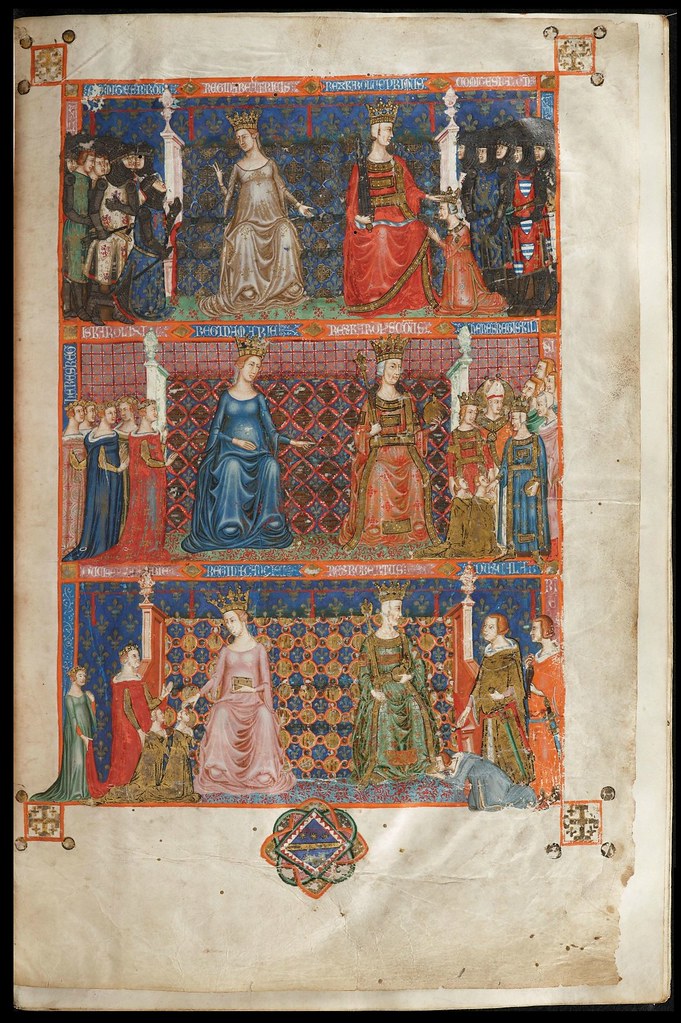
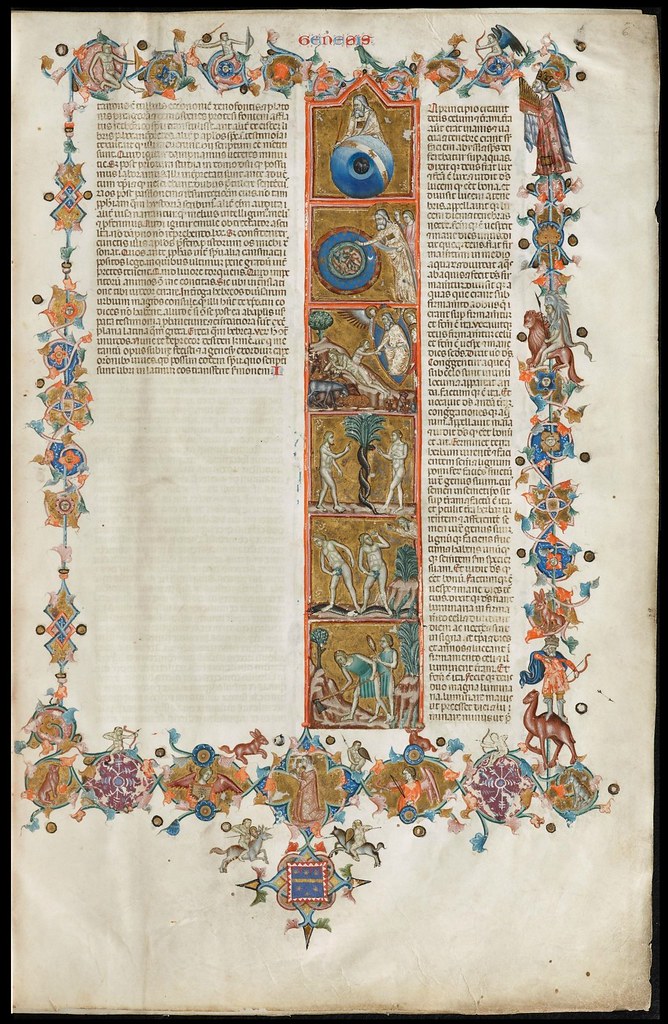
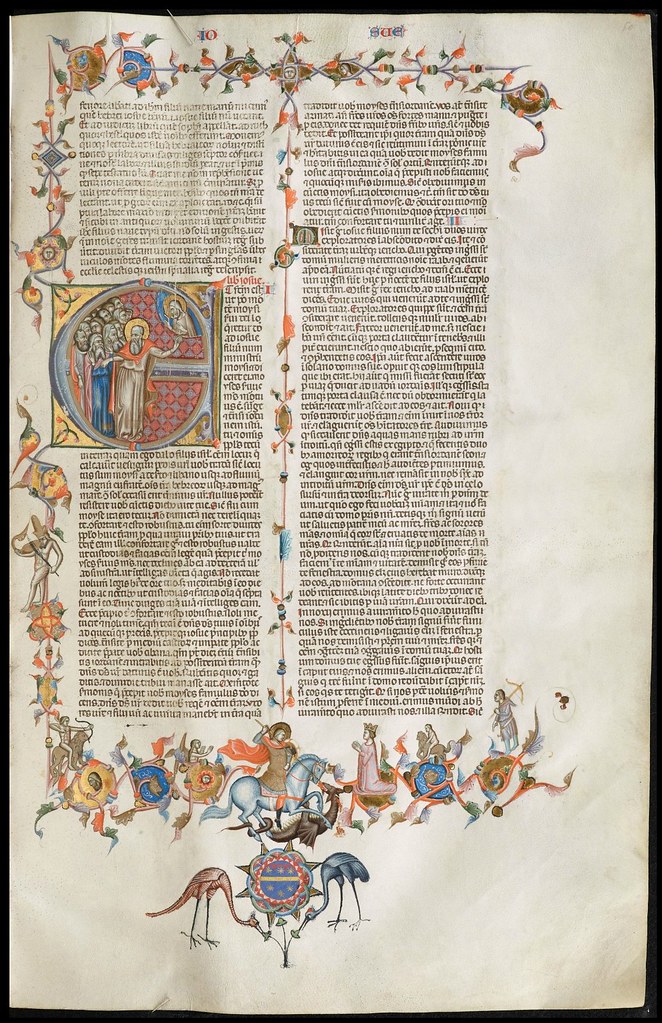
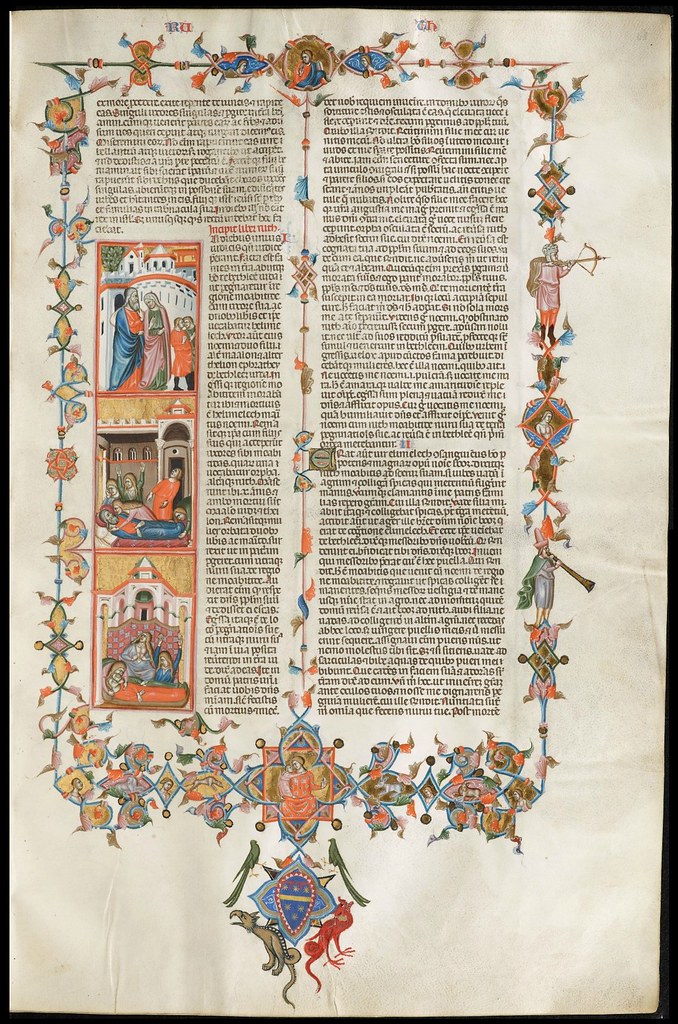
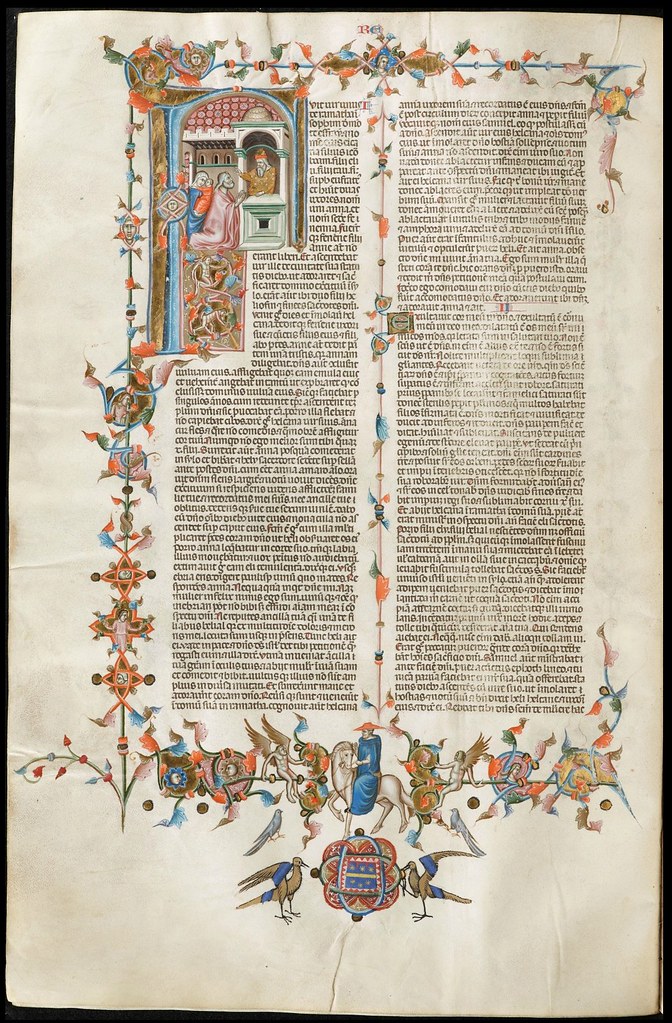

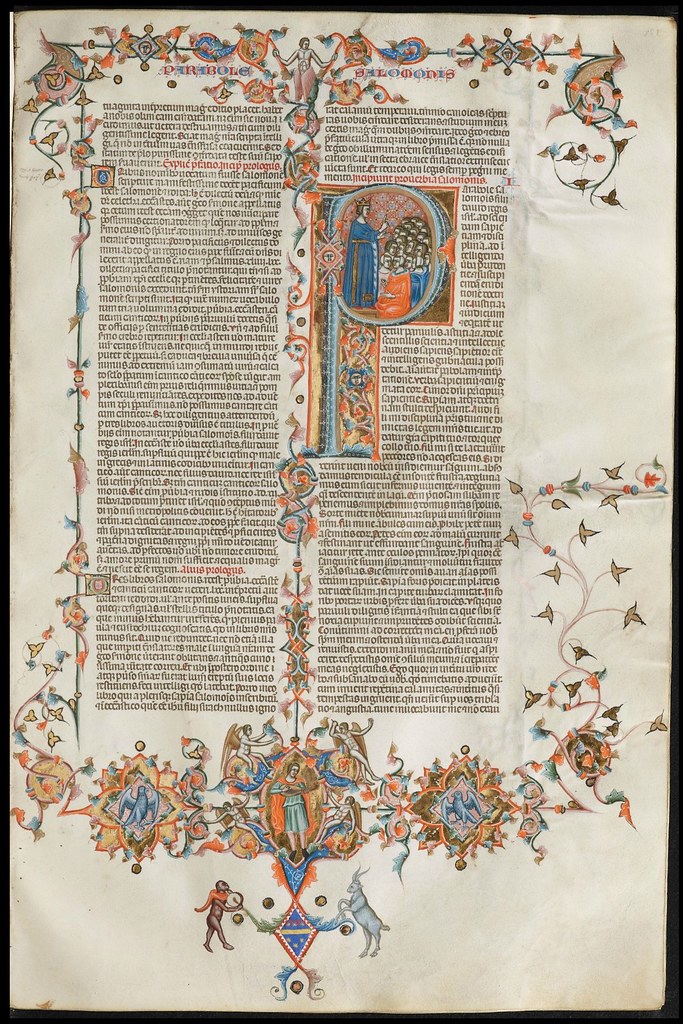

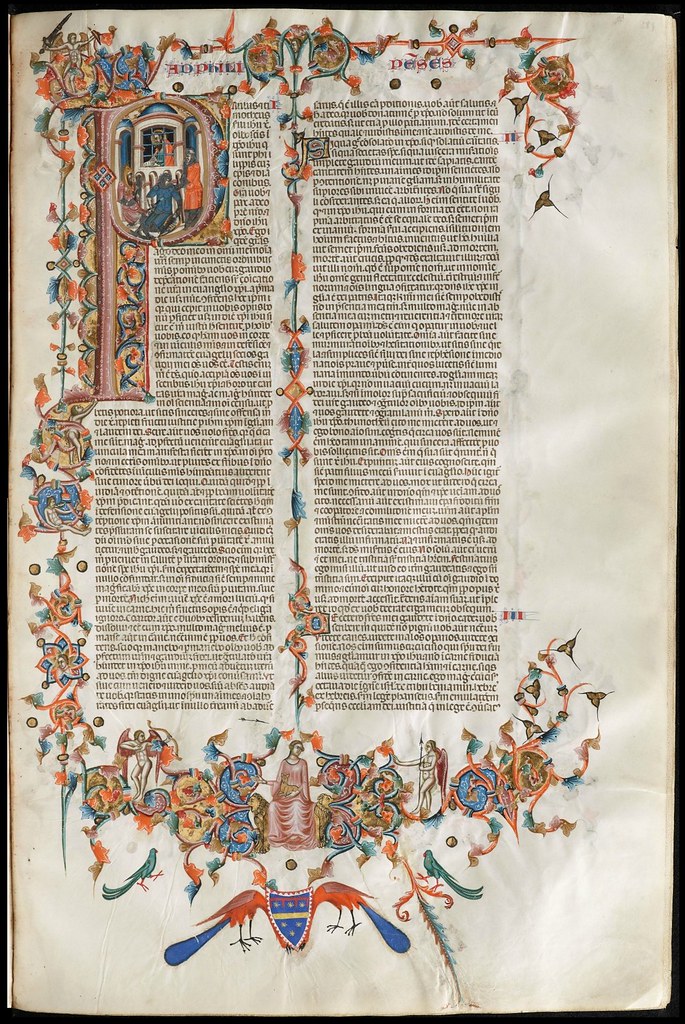
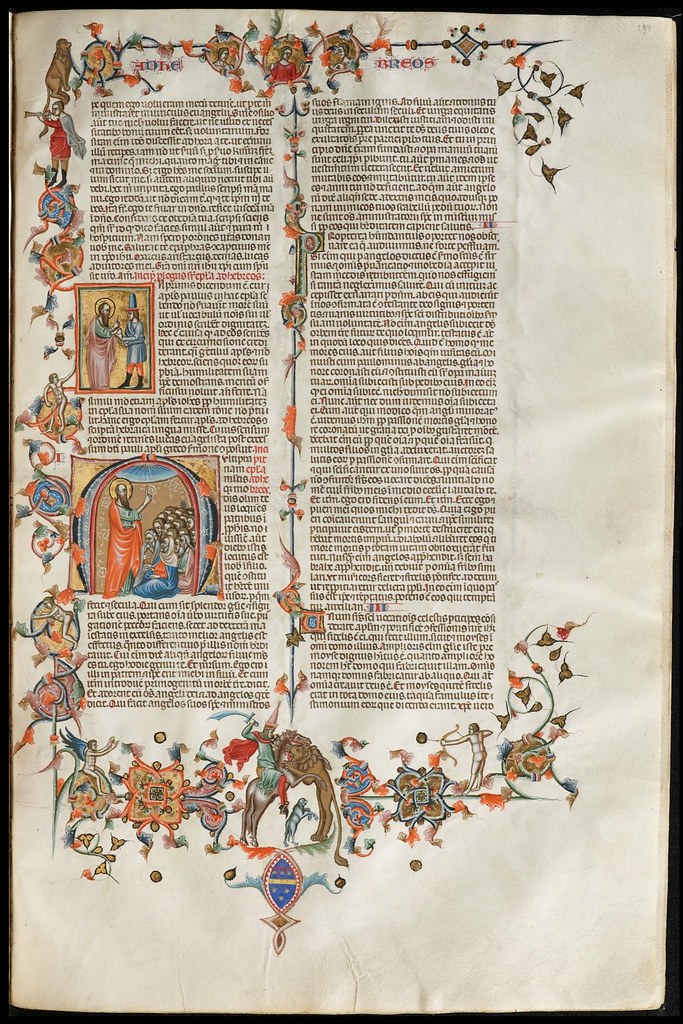
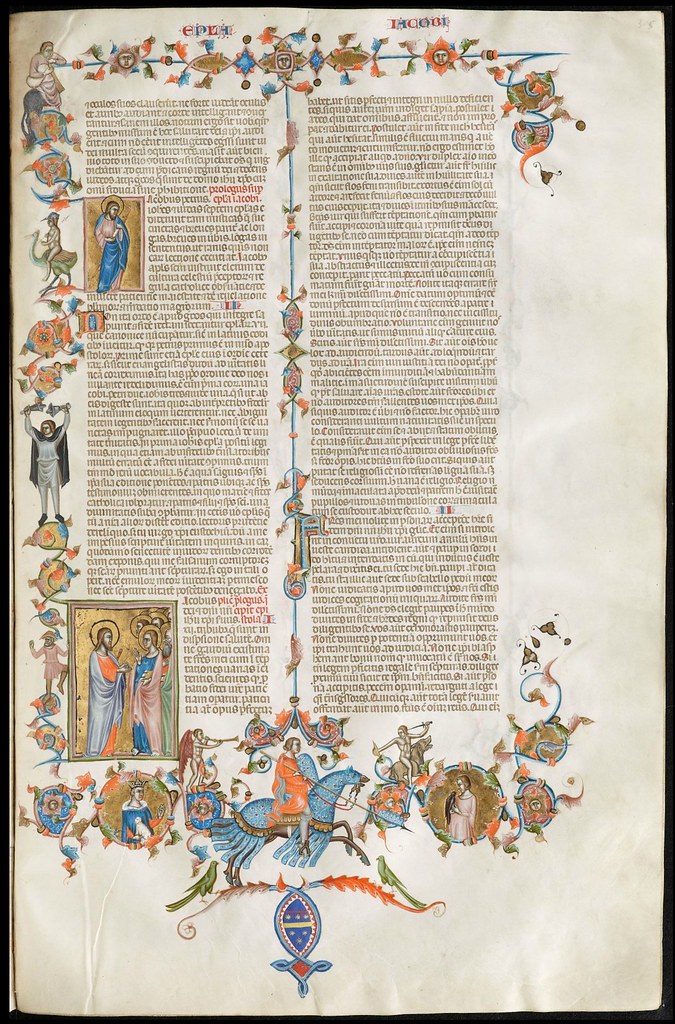

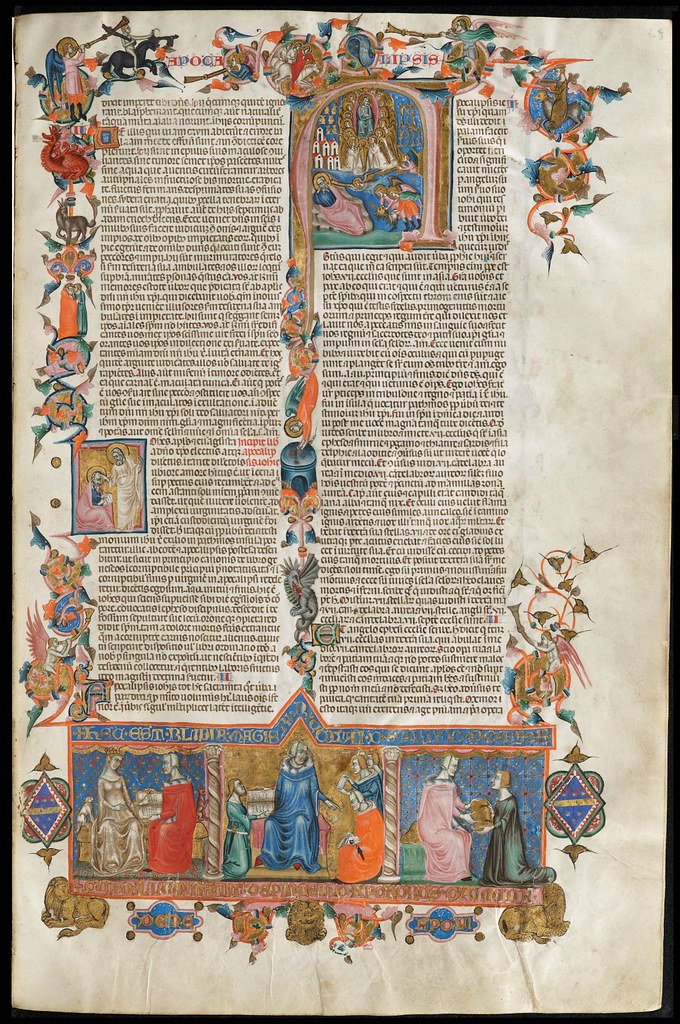
"The House of Anjou ruled over Central and Southern Europe for two centuries. The different areas gradually became close-knit states boasting efficient institutions, lucrative trade and a flourishing cultural life. It was the era of great artists and writers like Giotto, Simone Martini, Boccaccio and Petrarch. Music was also given a new lease of life at the Neapolitan court: even under Charles of Anjou (1226-1286), investments were made in more and better musicians.
This healthy artistic climate provided scope for musical experimentation. One of the most gifted musicians at Charles’ court was undoubtedly the trouvère Adam de la Halle, who wrote the celebrated musical pastoral play Le Jeu de Robin et Marion while in service in Naples.
Charles’ successor, Robert of Anjou, was a particularly well-read and sophisticated sovereign and [a] supporter of Pope Benedict XII and patron of numerous musicians from the latter’s entourage in Avignon. [..] The numerous musical instruments and musical scenes in the Anjou Bible are a unique, artistic externalization of this heyday of music." [source]
"The 14th century Anjou Bible, was created at the court of Robert I of Anjou, King of Naples. After peregrinations in royal circles, in 1509 the book ended up on Brabantine soil. During the course of the next 500 years, this unique manuscript fell into oblivion. Until 2008. On March 10th the bible was officially recognized by the Flemish Community as 'a Masterpiece' and that year a major project was launched which involved researching and conserving the book and making it accessible to the public." [source] ::
[The manuscript now resides in the strongroom at the Maurits Sabbe Library of the Theology Faculty at K.U.Leuven]
I recommend (more than usual, let's say) seeing this magnificent parchment manuscript online via the (often tri-lingual) Anjou Bible site [direct link to a flash zoom presentation of 91 illuminated folio pages that allows you to see the details at high magnification]
The manuscript decoration work is said to have been carried out (or overseen) by Cristophorus Orimina, the leading illuminator in Naples, whose signature appears in the Anjou Bible.
'The Anjou Bible: A Royal Manuscript Revealed. Naples 1340 (Corpus of Illuminated Manuscripts)' 2010, edited by J van der Stock & L Wateeuw was released at the time of the exhibition last year.




{all the images in this post were spliced together from screencaps : the full page images - after clicking through - are at 25% magnification and the details towards the end of the post were spliced from 50% zoom captures}
Graf Zeppelin over New York
Today's photograph features a scene with the Graf Zeppelin over New York City. It appears to be a little foggy, so you have to look carefully to see the Zeppelin. This video shows what a grand event it was to have the Zeppelin arrive in New York.
Zeppelin over the Tower of David
Crockett Ward and the Blogtrotters
China Court Service












Scenes of Service from a small album known as 'Chinese Drawings: Court and Society', hosted by the John Rylands University Library in Manchester.
We are told that these illustrations (scanned from colour transparencies) depict 19th century Chinese society and costumes and that these (slightly cropped) illustrations are bordered by blue silk.
This collection of delicate hand-painted scenes is part of a much larger set of Chinese cultural material owned by the Rylands Library [Chinese Collection description]. About fifty of these items are hosted on the Rylands' Luna Imaging site. Some of these sketches are just exquisite.






